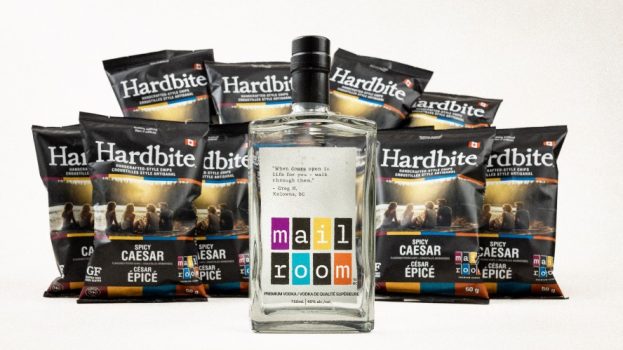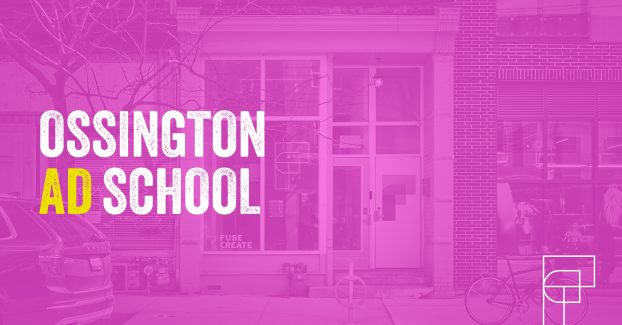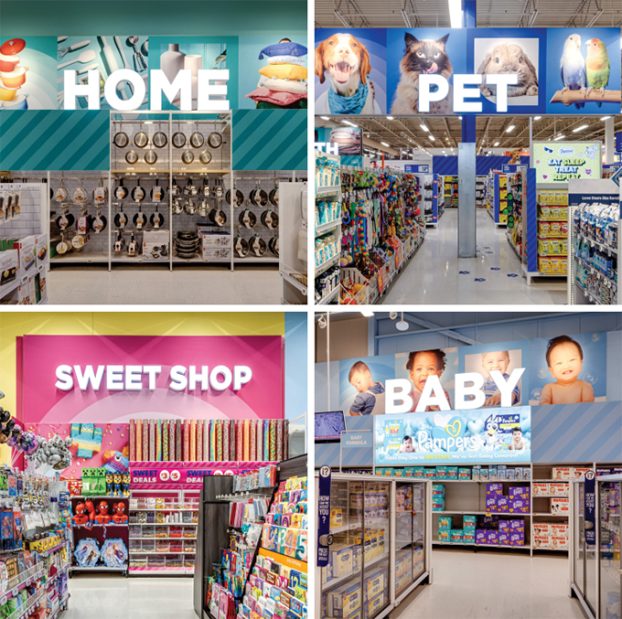You are reading a story from Strategy Ad Tech, a weekly look at the strategies, partners and processes that are helping brands drive innovation and utilize new technology, both internally and with consumers. Have the stories delivered directly to your inbox every Thursday by subscribing to the newsletter.
CES is no longer just a place to see consumer electronics brands show off their newest TVs or connected appliances.
Automakers have had an increasing presence at the show over the last few editions, as connected car features have become more prominent in new vehicle models. Marketers and innovation leaders from other categories have also previously shown up to give talks at panels and keynotes.
But those brands have rarely crossed over to the showcase part of the conference to demo new products. And while health and beauty tech is not a new sight at CES, it usually comes from new startups, not established multinational companies. This year, however, L’Oreal and P&G bucked that trend to show off the results of recent innovation efforts – and offer a glimpse at new plays they plan to tackle emerging consumer needs and new competition.
L’Oreal
Innovation and tech has been made a cornerstone of L’Oreal’s global growth plan for the foreseeable future, using it to expand its portfolio of brands beyond skincare and cosmetic products to a range of digital services that help consumers address their everyday needs. Most of those executions – be it skin analysis or makeup try-ons or UV-detecting wearables – have an obvious sales push to them, directing users to the right products to pick up the next time they are in-store or shopping online. But now the company is developing a device that will help its customers get the right treatment without leaving home.
L’Oreal showcased Perso, a 6.5-inch high device that provides personalized skincare blends to users on a daily basis. A user takes photos of their face using the Perso app. The app then uses AI technology from ModiFace – a Montreal company L’Oreal acquired in 2018 and has been behind many of its AI-based applications – to analyze overall skin condition and things like wrinkles, dark spots and pore visibility. That analysis is combined with localized environmental data – such as weather or pollen, UV and humidity levels – and a user’s own personal skincare concerns to mix and dispense a portion formulated for that day’s specific needs.
[iframe_youtube video = “kfRGxkllF5M”]
L’Oreal said it plans to launch Perso with one of its skincare brands in 2021. Skincare functions was on display at CES, but the company says it also plans to create versions of Perso for more cosmetic purposes, namely lipstick and foundation, that can match colours to an outfit or looks currently trending on social media.
P&G
After showcasing at the conference for the first time last year with products like a heated Gillette razor and a smart household scent dispenser, P&G brought back an expanded version LifeLab, an area for it to show off the latest from its innovation divisions and in-house startup studio.
For its Oral-B dental brand, the iO electric toothbrush has a pressure sensor that provides feedback, guiding users to brush in the optimal pressure range and adjusting speed and frequency. It also has an app that uses AI to create and guide customers through an optimized brushing routine.
For Pampers, the new Lumi system combines a video monitor with a sensor embedded inside a diaper. It not only allows parents to track if there’s a wet diaper, but also when the baby is sleeping and room temperature, combining the data in the app to provide parents with insights into their baby’s routines and what developmental stages they are at.
P&G also brought back emerging brands like Opte, a skin analysis tool debuted last year that detects things like age spots, sun spots and hyperpigmentation and applies a serum that will help fade the spots over time.
Instead of only acquiring potential DTC disruptors – up-and-coming brand Quip, which has its own functions to guide consumers to a proper brushing routine, comes to mind for Oral B – P&G’s LifeLab shows that the company is also creating some of its own. Plus, the connected nature of these products will provide P&G with even more data about when and how their products are used, giving the company insight about consumer behaviour and needs it could be addressing.
On the lighter side, the Charmin GoLab featured products that tied into CES’ reputation for “weird tech.” The bathroom-related products on display included a robot that can deliver a fresh toilet paper roll, a sensor that notifies people about a bathroom’s smell before entering and a VR device that will help people not miss moments at festivals while inside porta-potties (P&G has said the GoLab products are conceptual and not planned for retail sale, meaning they were likely developed to earn some CES buzz or possibly get featured in future ad campaigns).























